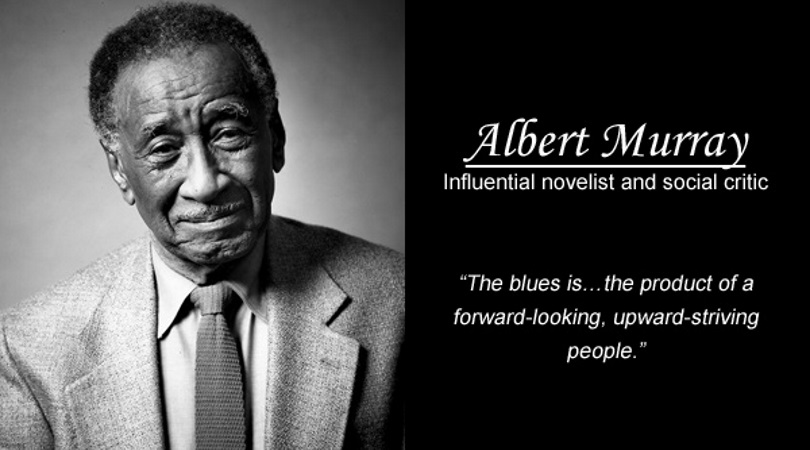How To Deal With Five Types Of Manipulators In The Workplace
In the 1944 film “Gaslight,” The actor, Charles Boyer, plays a scheming husband who slowly tries to drive his wife (played by Ingrid Bergman) insane so that he can keep a secret cache of jewels in the attic for himself. Each time Boyer’s character enters the attic, turning on the lights dims the gas lighting in the rest of the house. Yet when questioned by his wife, he insists the light is the same, and she is just seeing things. This tactic, among other manipulations, causes his wife to question her sanity.
Manipulative leaders use subtle methods — like gas lighting — to distort reality. The selective use of data or anecdotes are employed to confuse others’ perceptions, and then used to try to convince people to ignore or doubt their own senses.
To counter such manipulation, take a step back from what is happening and re-engage your senses. Here are five types of common workplace manipulators I have observed and some tips to help guard yourself against each:
The Dramatist
Histrionics and exaggerated emotions dominate this kind of manipulative leader. A sales manager, when questioned about his group’s poor numbers for the quarter, countered, “I’ve sweat blood for this company over the years, traveled through raging snow storms, and now you don’t trust me to hit my annual plan?” The sales manager’s sulking, over-the-top reaction caused his boss to retreat for fear of offending further, and the opportunity for a frank discussion about a growing performance gap slipped away.
How do you deal with the dramatist? Stick to the facts. Don’t cave in or apologize. Double down on simple, focused questions to understand the situation.
The Diverter
The telltale sign of this kind of manipulation is the attempt to shift your attention away from the topic at hand. Diverters are good at introducing irrelevancies or fallacies into conversations to fog things up. A CEO I know tells the story of a former executive who had a knack for raising nonsequiturs — statements that don’t logically flow from the discussion— as a way of diverting attention from the topic, usually his failure to execute. The discussions ended up wasting considerable time and generating confusion.
To deal with the diverter, call him out on irrelevant information. Insist that he stay on topic and address the real problem.
The Distorter
Unlike the diverter who moves you away from the topic, and the dramatist who soaks the topic in emotion, distorters can cause more damage. They, like the Charles Boyer character in “Gaslight,” try to control what you perceive. Distorters misrepresent the meaning of information to mislead followers from what is really going on.
A bright but weak-willed leader I coached was constantly manipulated by his cunning subordinate who would present impressive information on his team’s sales efforts, claiming he was about to close the next big deal. The leader hung onto his subordinate for six months longer than he should have because he believed the prospecting pipeline was real. It wasn’t. The delay in addressing the sales shortfall significantly harmed business performance.
How do you deal with the distorter? Get out of your chair and go see what is happening. Conduct primary research — like calling the so-called prospects yourself — to verify that they exist and that there’s a real level of interest. Maintain a focused and intense line of inquiry. Don’t acquiesce until you have been persuaded by specific facts and measures that reflect reality.
The Conflator
To conflate is to mix two or more distinct topics into one. Some conflators are willfully ignorant; they refuse to exercise the effort required to understand a topic, so they claim the topic at hand is too complex. Others just hide behind the mixing of two issues rather than clarify the meaning of each. They understand how the parts really work, but don’t want you to.
One conflator refused to explain how his group dealt with customer issues related to warranty servicing. “We use an algorithm,” he asserted to mask the arbitrary decision-making he employed. But, when pressed with more pointed questions, the service manager tried to hide what was obvious to all: He had no clue how warranty servicing decisions should have been made.
To deal with the conflator, know how to break down and separate the distinct issues in question. Good problem-solving skills are required. With patience and persistence, you will discover if the conflator is simply unable to reason correctly, or if he or she is being willfully deceptive.
The Bully
The main characteristic of the bully is the tendency to answer questions with aggressive assertions to hide things. During budget discussions, a controller questioned the production manager about an unusually negative variance in labor rate. The production manager was testy. “Why?!” he shouted. Standing up, he continued, “Look at the numbers!” To my surprise, the controller was stunned into silence.
With bullies, remain firm. Call their bluff and expose their rhetorical fallacies. Use a direct, no-nonsense approach to reveal their deceptions and eliminate their impact on your organization’s culture.
Remember, knowing the types of manipulators is far less important than knowing the one thing they share in common: All advance some form of a lie to misrepresent reality. Don’t be fooled. Educate your senses, your mind, and your emotions about what is really happening. Don’t let the manipulators foist a false reality upon your business.
Updated: 2/27/2019
Originally Uploaded 12/7/2016 on: Forbes




